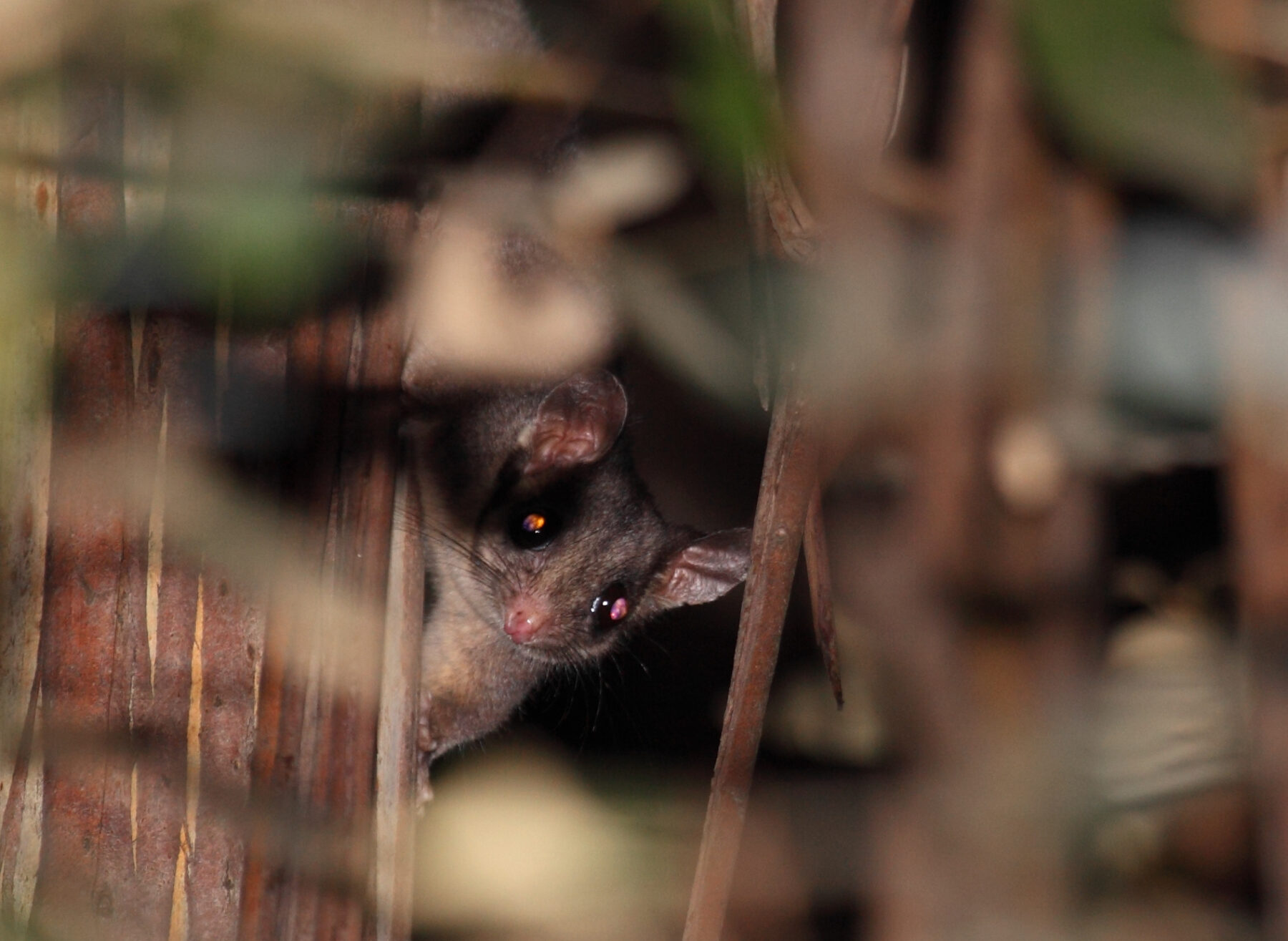OPINION: The real natural history of our tall, wet forests

If you were wading ashore in Australia in 1788 and walked into the forest, what would this forest have looked like? Would it have been an easy stroll because the forest was open and park-like with widely spaced trees and grassy ground cover? Or would the forest have been characterised by closely spaced tall trees and a dense, wet understorey of tree ferns and other mesic plants?
There has been much debate about the state of tall, wet forests when the British first arrived in Australia. This matters for several reasons.
First, the condition of forests 236 years ago is linked to how they were managed by First Nations people. An open and park-like forest would develop if it was subject to repeated, low-intensity cultural burns and “farmed” by First Nations people. Conversely, in the absence of repeated fire and farming, the forest would be dense and wet with many large trees.
Second, understanding what forests were like when the British first arrived provides crucial insights into how best to repair these ecosystems to their “natural state” and conserve the species dependent upon them.

My research team assembled different kinds of evidence to determine what tall, wet forests dominated by mountain ash – the world’s tallest flowering plant – were like 236 years ago.
We checked diaries of early British expeditioners such as Paul Edmund de Strzelecki, Hamilton Hume and William Hovell, and examined early paintings, photographs and the testimonies of First Nations Elders. We also compiled evidence from carbon dating, dendrochronology (the study of tree rings) and pollen cores taken from swamps and wetlands.
Finally, we assembled information on the basic biology and ecology of mountain ash and the other plants and animals found in these tall, wet forests. Our particular focus was on the mountain ash forests of Victoria’s Central Highlands, but our findings are highly likely to be relevant to other kinds of tall, wet forests elsewhere in eastern Australia.
The diaries, testimonies, paintings, photographs and ecological information all contained consistent evidence that tall, wet mountain ash forests were not open and park-like at the time of colonisation. These forests were not subjected to repeated and widespread cultural burning, nor was there any indication they were farmed by First Nations people.
Rather, the dense, wet condition of these forests is the natural state of mountain ash ecosystems. Bushfires did occur in mountain ash forests but were rare. Aboriginal people ventured into the forests to collect lyrebird feathers, harvest the pith of tree ferns and gather roots and leaves of key plants.
The forests also featured a number of sites of great cultural significance and contained pathways to helped facilitate journeys to the High Country to feast on bogong moths, for example.

Because the natural state of mountain ash forest is dense and wet, management activities such as repeated fires are inappropriate.
Thinning these forests could make them more fire-prone, generate more greenhouse gas emissions and destroy habitat for wildlife, including the critically endangered Leadbeater’s possum.
The management for mountain ash forests is to leave them alone. Let them mature and recover from the almost 120 years of logging that has dreadfully degraded them.
David Lindenmayer is a professor at Australian National University’s Fenner School of Environment and Society.





